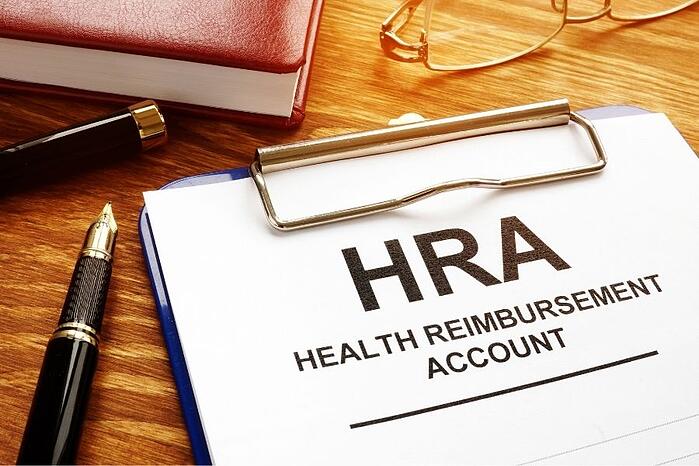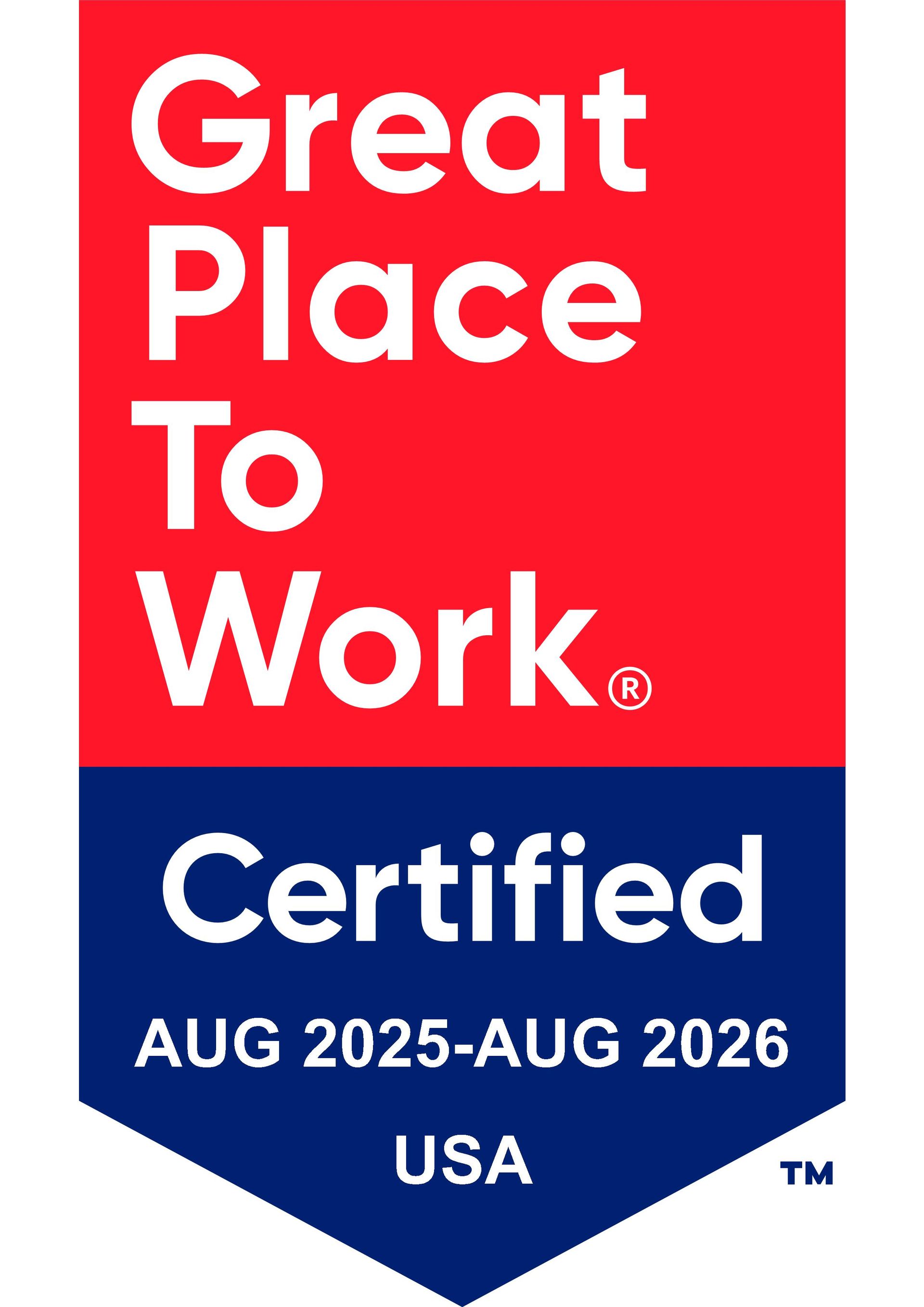
A Guide to Reimbursement of Medical Expenses by Employer
11 February 2022

Today’s healthcare consumers often find that they can quickly incur medical expense costs and wonder how to manage them. Some typical medical expenses include diagnosis, treatment, cure, mitigation, or prevention of a particular disease. Whether a patient suspects something is wrong or their doctor discovers a problem during a routine exam, these costs alone can add up quickly and substantially.
Employees might wonder if they are responsible for these expenses, or if their employer can and will pitch in to reimburse employees for the payment of those expenses at a later date.
Do you know when and how to reimburse the cost of medical expenses to your employees? If not, keep reading to learn more about the process, so you can do it correctly, ensuring your employees receive payment when it is warranted.
WHEN DOES A REIMBURSEMENT BY AN EMPLOYER FOR MEDICAL EXPENSES OCCUR?
When you offer certain types of health insurance plans, you will find that you do need to reimburse for medical expenses. One such plan is the Medical Expense Reimbursement Plan (MERP), also known as the Health Reimbursement Arrangement (HRA). Up Counsel notes that the plan is most frequently called by HRA since it is the more common term for it.
However, it is important to note that there are some differences between MERP and HRA. For instance, there is no physical account created or linked to a MERP, while there is an account for an HRA.
Let’s look more closely at MERP and HRA plans.
WHAT IS MERP?
MERP plans are provided under Section 105 of the IRC and are one type of HRA. This type of plan allows employers to fund some portion of their employees’ health plan expenditures, such as co-payments, co-insurance, and deductibles. They might also cover the cost of some additional qualifying medical expenses tax-free.
Employers frequently use MERP plans along with higher deductible plan designs. This way, employers have the flexibility to create any type of plan design that appeals to them and serves their employees.
When employers use this strategy, purchasing a higher deductible health plan, they and their employees gain the advantage of having access to premium savings opportunities. MERP makes it even better by allowing the company to offer a high-quality benefit package to employees at that premium price.
MERP plans empower employers with the ability to control their health plan costs more each year. Employers will definitely see a marked amount of savings the first year of adoption and implementation, but it gets better each year thereafter as the plan continues to stabilize during every renewal each year.
These plans are also popular because the reimbursements to employees are tax-exempt, and so are the contributions made by the employer since they are listed as business expenses. But remember that employers can only make this tax deduction claim once they have made the medical reimbursement.
Finally, there is no actual physical account associated with a MERP Plan as employers encounter with HRAs. In this case, employers would only reimburse expenses after they were incurred by employees and submitted to the company’s benefits administrator.
MERPs have become a successful and popular way of trying to reduce the enormous costs of healthcare over the past few decades, especially in recent years. Small businesses struggle to find ways to help their hardworking employees manage their healthcare without incurring huge costs for the business or the employees. MERPS are especially attractive to small business owners because they are tax-exempt. As soon as the employer reimburses the employee, they can file a claim for tax exemption. It is the perfect case of a win-win for all.

WHAT IS AN HRA?
An HRA is a health spending account owned, managed, and provided by the employer. The funds in the account pay for qualified expenses, such as medical, dental, vision, and pharmacy, depending on the employer’s choices and how they best suit most employees’ healthcare needs.
This employer-funded plan reimburses employees for qualified healthcare expenses, and sometimes, for insurance premiums. Employers may make a tax deduction claim for the reimbursements they make to their employees through HRAs. Further, reimbursement dollars that employees receive are typically tax-free.
It is important to note that HRAs are not portable plans, so when employees leave the company, they do not take the plan or any benefits of the plan with them.
There are different types of HRAs, so it is essential that funds are used appropriately according to the specific HRA.
Here is a brief synopsis of different HRA plans:
- Integrated Group HRA. This is the most common type of HRA that employers use and is linked to a group health plan adopted to help employees supplement the often expensive out-of-pocket healthcare costs. Such costs include co-payments, deductibles, and prescriptions. Companies of all sizes can benefit from these plans.
- Retiree HRA. Used for former employees, or retirees, of the company. Employees in this program might receive credit for their plan while still employed, but they only receive reimbursements upon retirement.
- QSEHRA stands for Qualified Small Employer Health Reinsurance Arrangement and is also known as a Small Business HRA. This type of HRA allows employers to provide tax-free funds to employees to cover qualifying expenses. However, it’s only available to companies with fewer than 50 employees. QSEHRAs are a great way for employers to help employees with spiraling healthcare costs, rather than offering group health insurance plans.
- ICHRA. With ICHRA, which was introduced in 2020 and stands for Individual Coverage Health Reimbursement Arrangement, businesses of any size can participate. ICHRA allows employers to reimburse employees for various qualified healthcare expenses and everyone’s individual health insurance premiums. The difference with this type of HRA is that it allows employers to decide which expenses they will allow for reimbursement. They can also set limits that they must offer fairly to each employee classification. There is no standard or official dollar limit for the amount of reimbursement from employer to employee. Further, employers can have a group health plan already in place, then add ICHRA as well. In this case, they can only offer ICHRA to different classes of employees.
- EBHRA. Also introduced in 2020, the Excepted Benefit HRA (EBHRA) gives employers the chance to offer a special group health plan that sets aside a specific sum each year. Companies set aside up to $1,800 annually for each employee to reimburse them various qualifying out-of-pocket healthcare expenses and insurance premiums for excepted benefit coverage. Some coverage examples include vision, dental, COBRA premiums, and short-term limited-duration insurance, such as individual health insurance premiums. Any employees that receive the offer to join a group health plan may participate in an EBHRA, even if they choose not to enroll in the group health plan.
WHAT IS THE LIMIT FOR MEDICAL REIMBURSEMENT?
The limit or medical reimbursement varies depending on whether the company offers a group health plan and also, whether they participate in a group health plan.
Let’s take another look at the various HRAs to see what their limits are:
- Integrated HRAs don’t give a dollar amount as a limit for employers, but employers with a group medical plan generally reimburse for out-of-pocket medical expenses.
- Retiree HRAs only provide reimbursements to retirees, and there are no caps listed.
- QSEHRAs offer a maximum reimbursement of $5,150 for single coverage and $10,450 for family coverage.
- The ICHRA allows the employer to determine the maximum reimbursement limits.
- EBHRAs feature a capped limit of $1,800.
IS THE MEDICAL REIMBURSEMENT BY EMPLOYER TAXABLE?
Besides the exceptions listed above for MERPS and HRAs, reimbursements for medical expenses are often tax-free in most cases.
In other cases, for instance, if the reimbursements in a year exceed the contributed amount of income generated, reimbursements are taxable.
Before 2014, businesses could reimburse employees for individual health insurance costs and medical expenses without taxation. However, things have changed and, since then, businesses must comply with the proper adjustments made per the Affordable Care Act.
However, when employers file taxes, they may subtract payments from Medicaid from healthcare expenses for out-of-pocket payments during the year.
Here are some instances where reimbursements are not taxable:
- If the business does not pay any amount of insurance premiums, none of that excess reimbursement is taxable.
- If the employer’s financial contribution to insurance premiums were part of the employee’s income, no excess amount of reimbursement is subject to tax.
- If the organization contributed, but the amount was not included in the worker’s income, and they did not contribute, any excess reimbursement is taxable.
- If the contributions are made to a Health Savings Account (HSA), the premiums are subject to income, Medicare, and Social Security taxes.
DO YOU NEED MORE ASSISTANCE NAVIGATING YOUR RESPONSIBILITIES REGARDING MEDICAL EXPENSES?
Insurance has become extremely complex over the past several years, along with all other aspects of tending to your employees’ needs. Our team at KBI Benefits wants to help you navigate these matters accurately and with compliance and confidence.
Contact us to learn more about medical expense matters and much more.
By Chris Freitas



